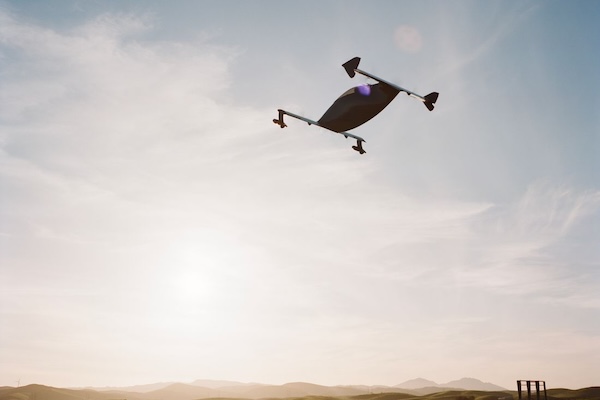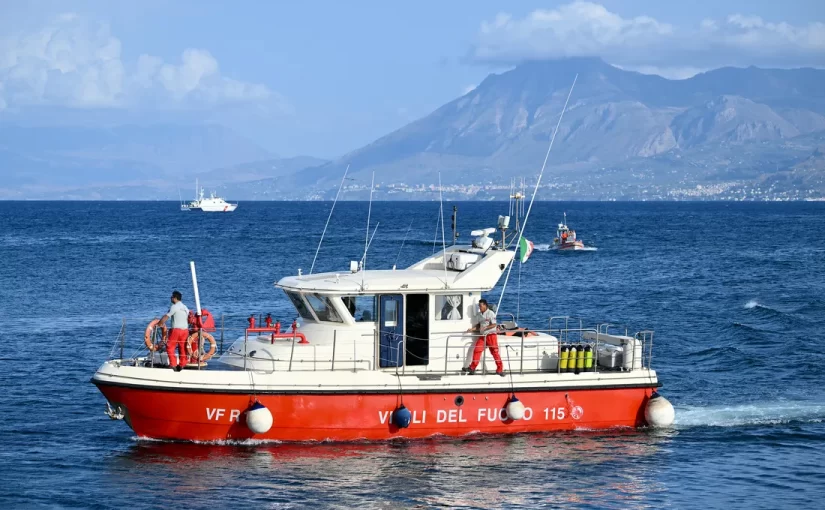
This article originally ran in New York magazine on October 3, 2024
Most mornings, when the air lies still on the ridges of the North Cascades in central Washington State, Tim Lum climbs into his personal flying car, a 14-foot-long bean-shaped craft called a BlackFly, straps himself in, and sets the machine’s four rotor blades whirring. As the 61-year-old retired smoke jumper levitates into the crepuscular sky, the landscape opens up below him, the forest stretching along the ridge and the farmland sprawling across the valley floor below. The aircraft swings forward into horizontal flight, and Lum zips off, flowing along the contours of the land, taking in the scenery. “It’s stunning, very dramatic,” he tells me later. “Cliffs and trees and valleys.”
I’ve been writing paragraphs like this for decades for magazines like Popular Mechanics and Popular Science, imagining a time in the not-so-distant future when the long-awaited promise of flying cars — more officially known as electric vertical-takeoff-and-landing vehicles, or EVTOL — is finally made a reality. This time, though, the scene is not a flight of fancy. Lum is a real person, and he really does fly a personal flying machine, typically around five times a day.
If you have $190,000 on hand, you, too, could buy one — or, if your budget is more modest, you can book a rental ride in a different kind of electric flying vehicle for $249. At long last, the era of the flying car is here.
But there is a catch: The EVTOLs that are currently available are not, strictly speaking, legal. The entire fledgling industry, such as it is, exists in a kind of shadowland, where it’s unclear what exactly the rules are and what will happen if you break them. For the manufacturers, it’s a gamble, the kind of regulatory arbitrage that could allow them to jump ahead of more careful, rule-following competitors and become an industry-dominating colossus like Airbnb or Uber or could devolve into lawsuits and enforcement actions. “Move fast and break things” is the Silicon Valley way, but it’s very much the opposite of the safety-first mind-set of the rest of the aviation industry, where if things crash and burn, they do so literally — and the public and government are not quick to forgive.
Continue reading The Flying Car is Finally Here. It’s Slightly Illegal



